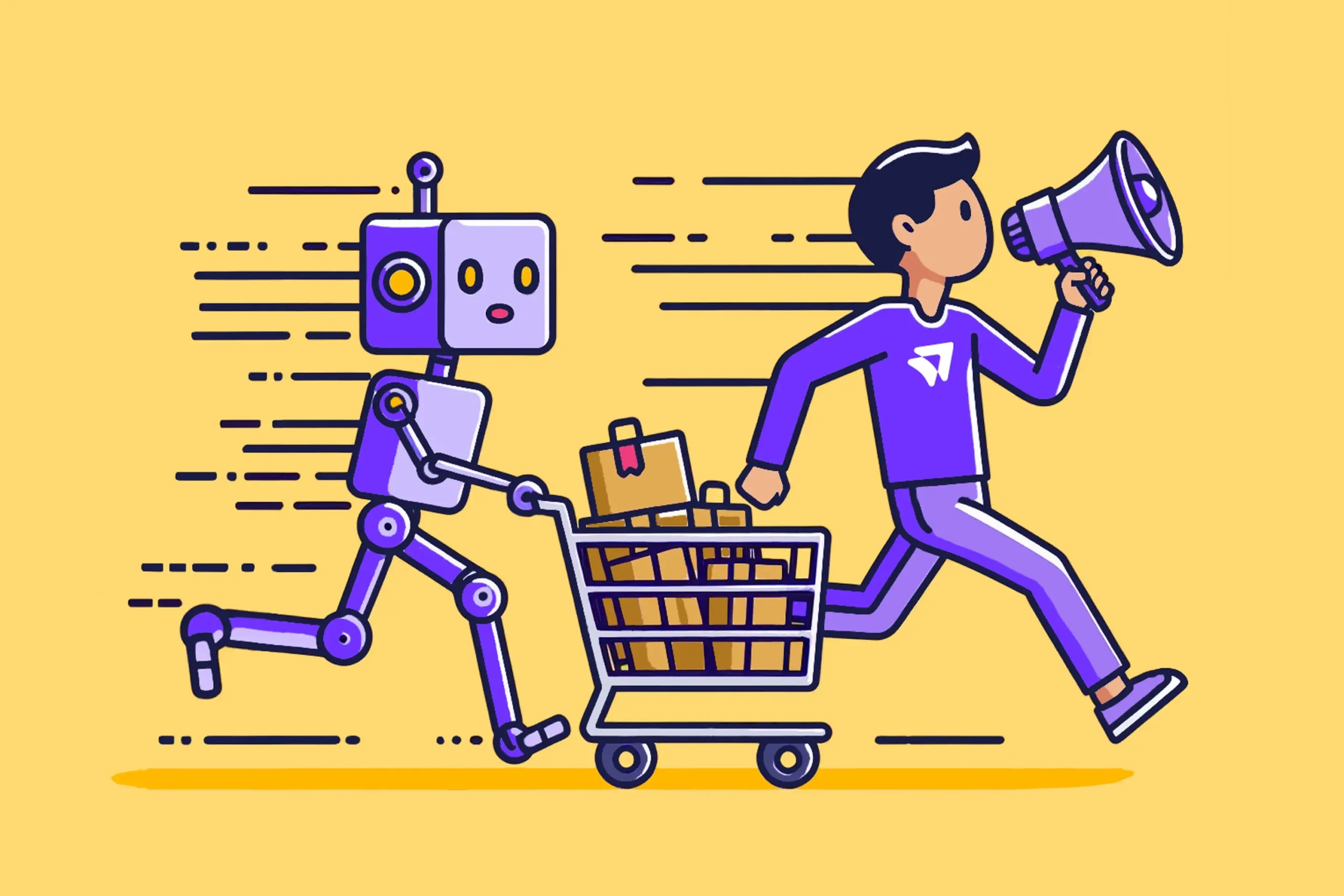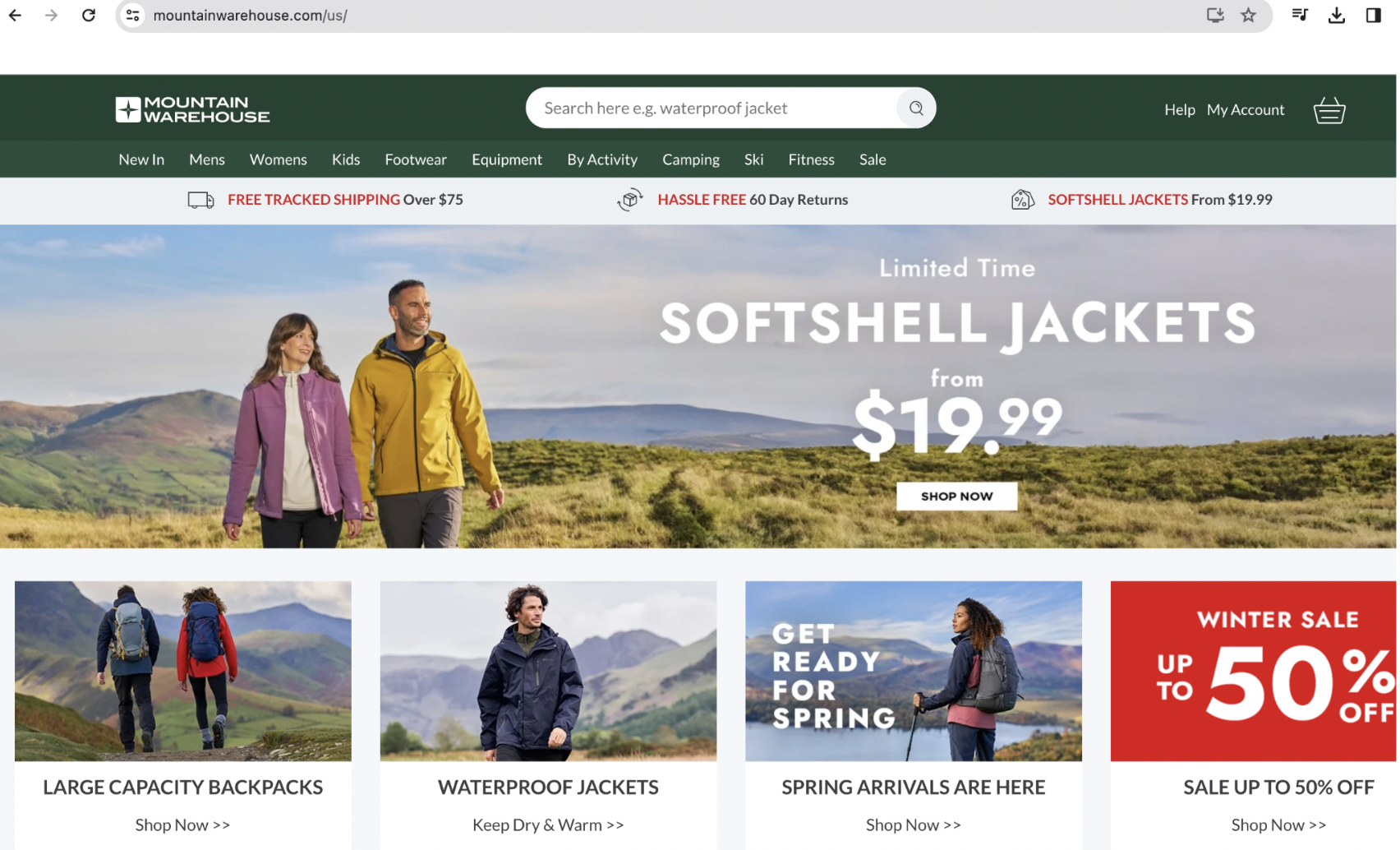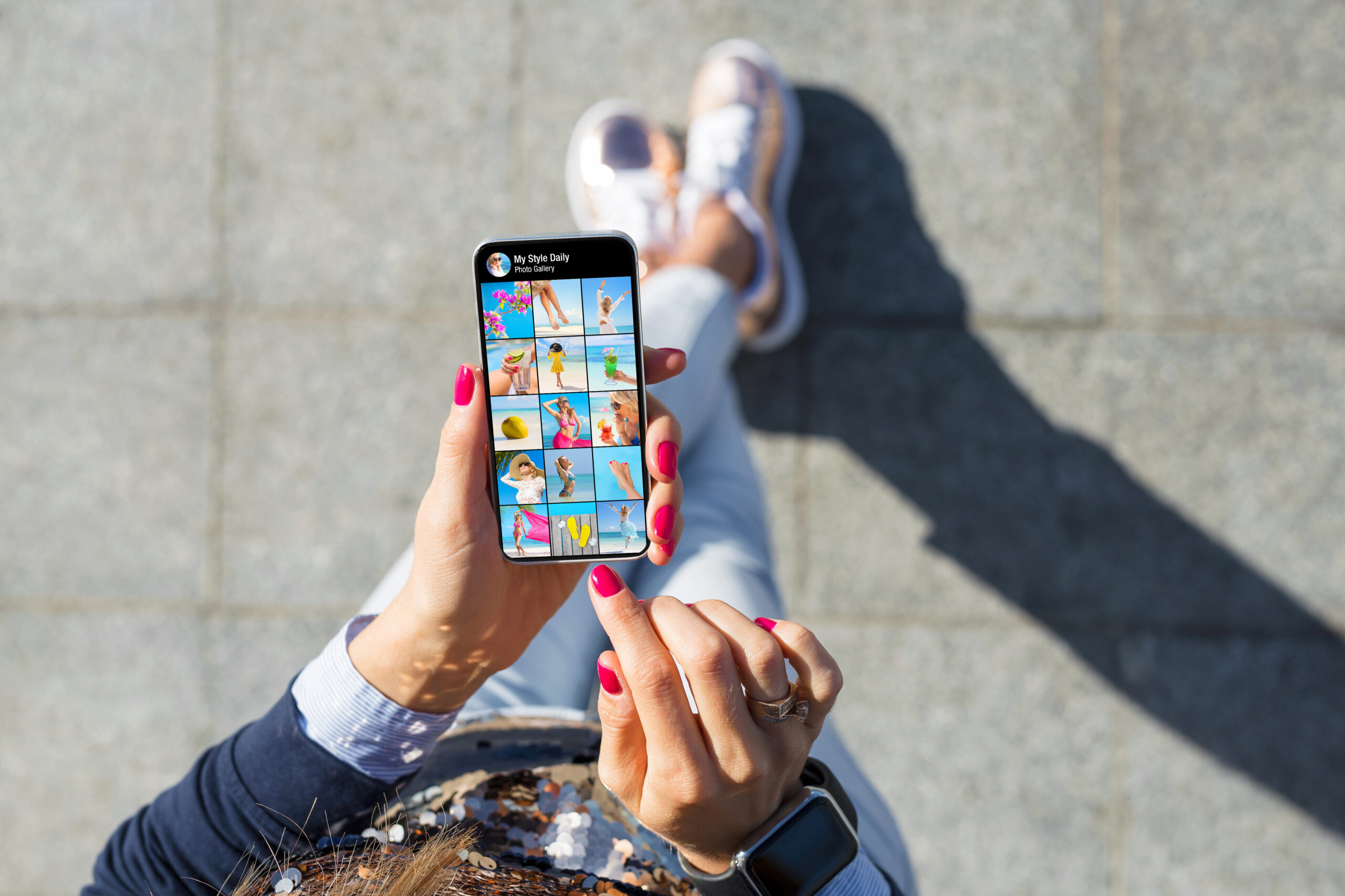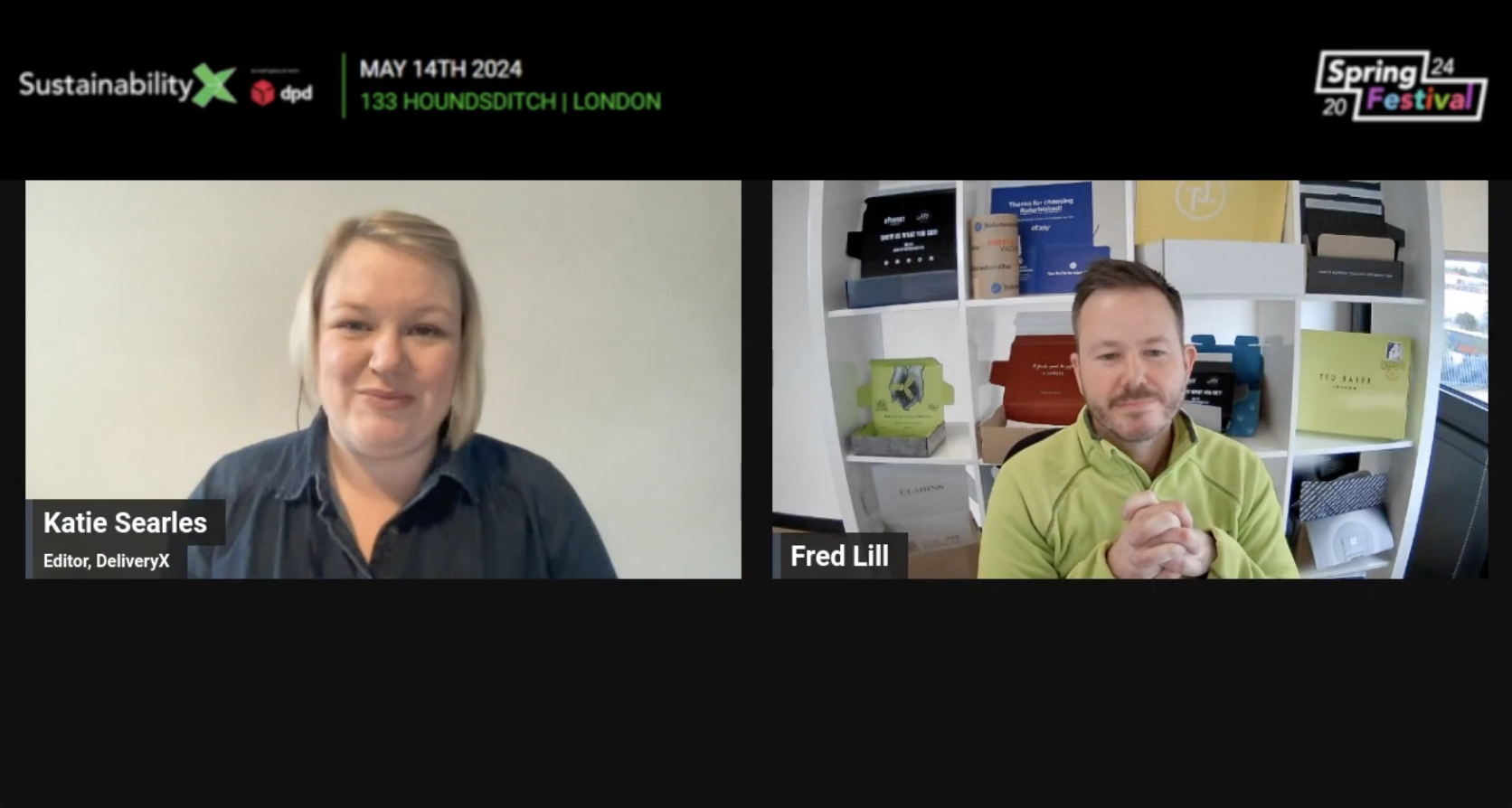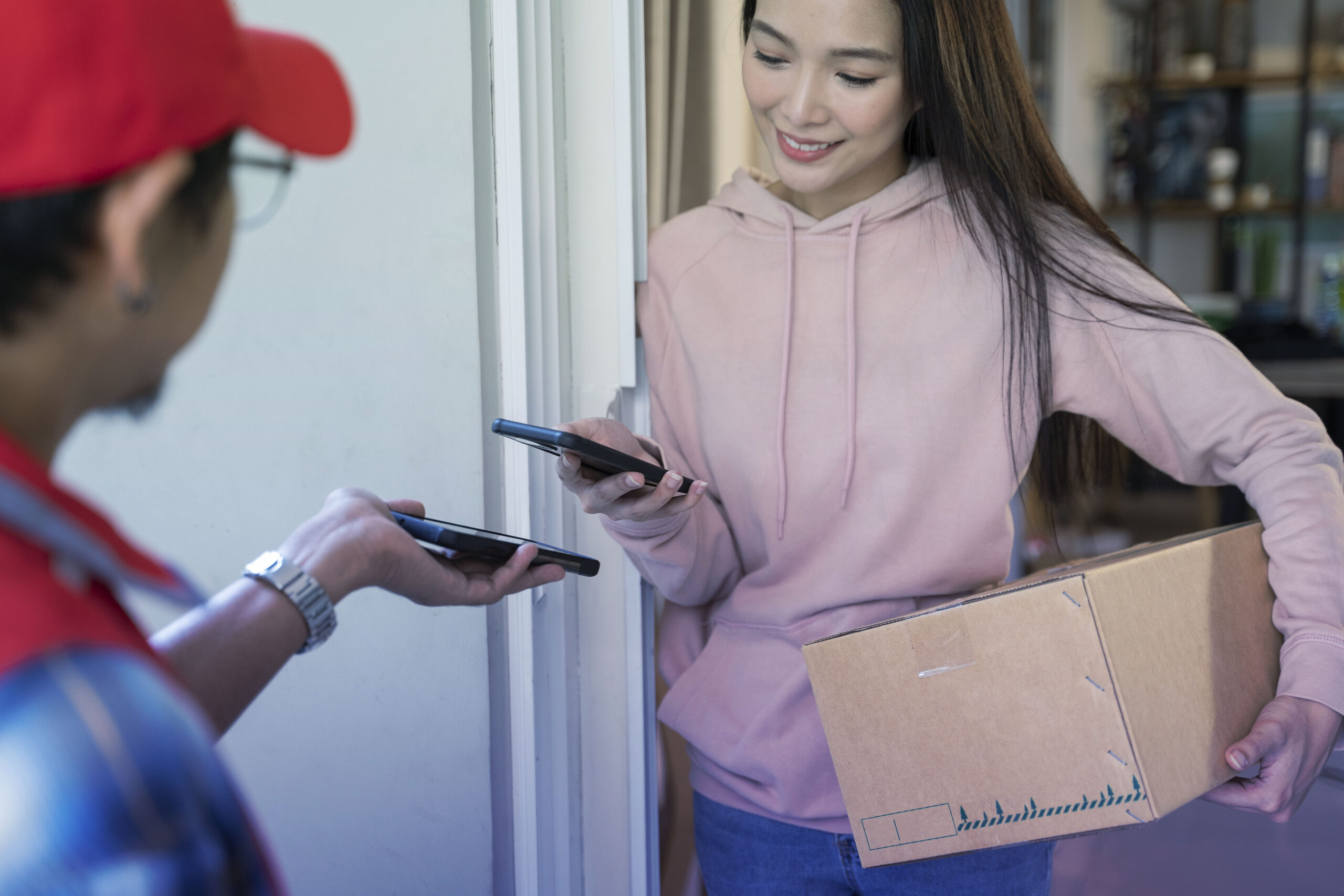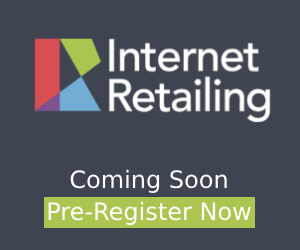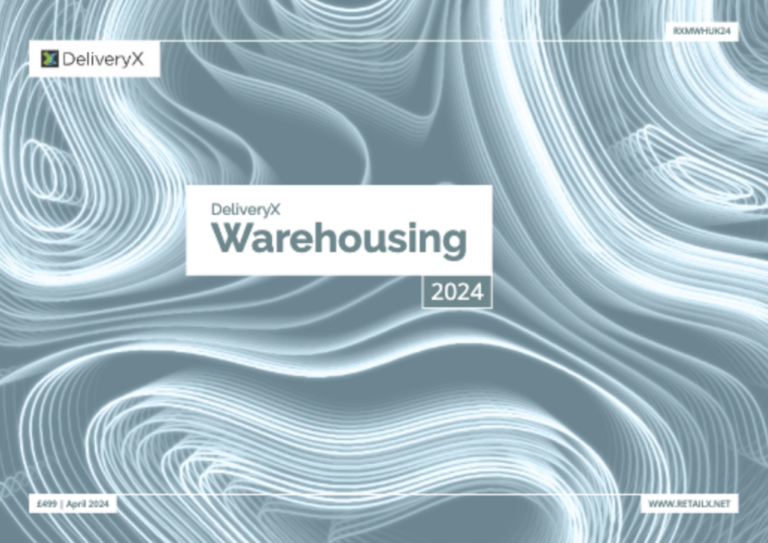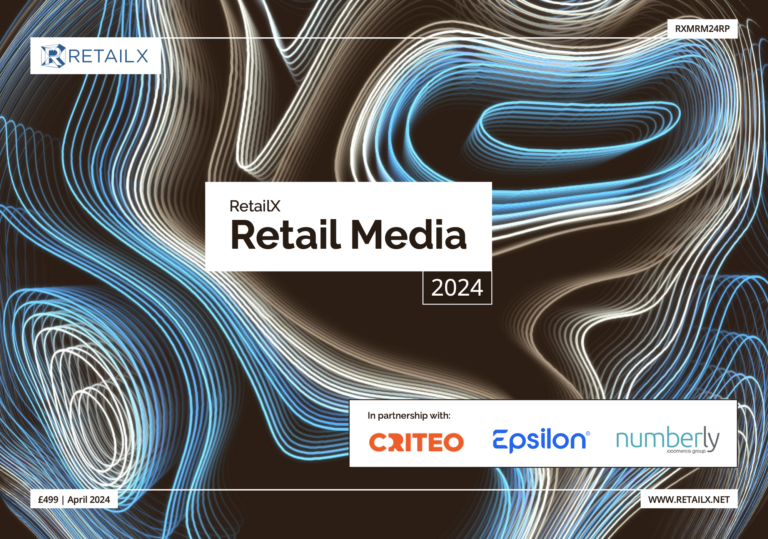Score 13/25
Amy McInnes, senior user experience consultant, User Vision
When looking for almost anything healthcare or beauty related, Boots is generally my go to store. Shopping in-store is easy, with brightly lit stores, clearly labelled aisles, and helpful staff at every turn. However, their digital space could do more to inspire such an experience online. The somewhat dated look and feel, minimal customer support and counter intuitive mobile experience combine to highlight a chain in need of an updated digital strategy.
First impressions
As a starting point, the homepage presents visitors with an array of offers to entice the user further into the site. There’s a big push on sales and offers with the only clear starting point for those looking for a specific item being the over populated primary navigation. Within that, the mega drop downs add an additional abundance of choice which is difficult to digest at first due to the lack of aesthetic separation.
The large amount of links site wide will mean it is more difficult for keyboard users to navigate the site quickly and it is likely that people with learning difficulties will struggle because of the amount of options and the heavy reliance on text rather than imagery in addition to text.
Boots would benefit from an IA review to reduce top level category options in the primary navigation and additional spacing between categories in the mega drop down to help speed up data retrieval and aid scanning behaviours.
Journey into the site
Category pages cause additional confusion in understanding the site’s navigation. In some instances the user is taken directly to a list of items for the category (e.g. children’s toiletries) other times provided with a top level category page providing offers on that category (e.g. washing & bathing). A basic lack of consistency runs throughout the site:
Additionally, the revolving carousel on these pages, not only rotates faster than it ideally should, its functionality is different from the homepage causing further learning from the user. At this stage it is more distracting than helpful.
Surprisingly, there is no online help popping up like most other sites. Boots lack the help they provide in-store online and should consider implementing customer support with live chat. Zavvi saw an increase in conversions by 50% by implementing this feature…not something to be sniffed at.
Selecting an item
Product pages provide further inconsistency with some pages offering alternative products and product ingredients, whereas others are left blank and uninspiring. Boots should really consider adopting a strategic approach to offering related items to users to increase upsell. Wilkinson upped its conversion rate by 23% and average order values by 16% by adding an intelligent recommendation tool to the site.
Boots do however get the basics right by: highlighting the deal offers and points value in bold aesthetics; providing zoomed in images (although the quality of such require addressing); guiding the user with bold call to actions; using descriptive content about the items and instilling persuasion through reviews. However, these are all common design aspects now.
Improvements do need to be made around the layout of the page and placement of content. It took me by surprise when I stumbled across a hidden ‘save for later’ below the page content. Which is quite counter-intuitive to the purpose:
Purchasing an item
Boots could do better at confirming to users that basket additions have been successful (I certainly missed the tiny green message):
Once within the basket, the user is clearly made aware of in-store pickup and delivery options however the multitude of advantage points, presented in different formats, is somewhat confusing. Boots should consider simplifying the basket page and presenting only information which is important to completing a purchase; points can always be advertised after purchase.
Checkout is relatively painless, with free in-store delivery (a good move considering Boots used to charge for this) and each step in the process clearly highlighted. Once again I’m surprised however that the checkout is still not isolated, providing distractions and easy drop offs.
From an accessibility perspective
Not only will users struggle with the large number of links, the context information is not read out by a screen reader in a logical reading order which makes it harder for blind users to understand the site and how elements on screen fit together. For example the contextual heading “narrow your results” is not spoken by the screen reader. However, the developers seem to have implemented ARIA and this has had a positive influence on the site. For example, whilst the carousel is not perfect from an accessibility perspective, a keyboard user can interact with it.
To conclude
Despite Boots.com providing a vast array of products and getting the basic design conventions right, they still lack the ‘genuine relationship’ with the user they claim to be after, and the multichannel experience we all expect in today’s digital sphere. It’s clear the online experience is very different to that in-store and a concerted effort needs to be adopted to implement an omnichannel approach across all user interactions to remove this disjointed experience.
Surprisingly, it is only now that Boots are taking their first steps to digitising their Advantage Card. It all feels slightly behind schedule. Boots should take some learnings from other retailers such as John Lewis and their recent success joining up the digital experience.
Ratings (out of 5):
Navigation and IA: 2/5
Product page and merchandising: 3/5
Persuasion and trust: 3/5
Checkout/bookings: 3/5
Accessibility: 2/5
Total: 13/25
Amy McInnes is a senior user experience consultant at User Vision in Edinburgh with a broad range of ecommerce & multichannel experience working across a variety of clients including Disney, M&S, RBS, Jumeirah and many others. Amy has a particular interest in retail conversion and developing retail strategies that span the growing multichannel sphere.

